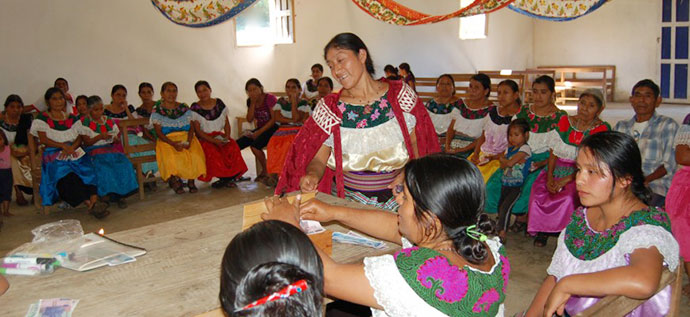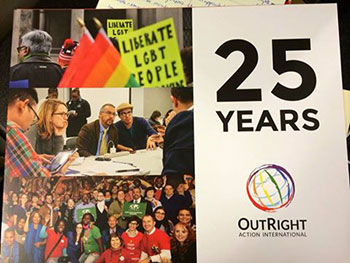Blog
Posted on May 31, 2016
By Meaghan Bogart

Throughout this election year, news outlets are constantly pushing out political commentary, debates and advertisements, and the heated rhetoric around immigration is at an all-time high. It is undeniable that Latin American migrants play a role in the U.S. economy and our society as a whole. But why are people from across Latin America choosing to leave their families in order to travel to a country that does not always welcome them with open arms?
Continue Reading
Posted on May 16, 2016
By Kayla Ihrig, Communications Coordinator, American Red Cross, NW Region
I first heard about Marta last September. By this time, her story was known by most of my colleagues as “The Ukraine Sisters.” She was at the heart of an unbelievable story of separation—72 years!—suddenly reunited with her sister on a Skype call from Idaho to Ukraine.
It all came together last summer when a search launched in 2008 finally bore fruit. The result was unexpected discovery for Marta Kruk Lysnewycz, who was born in Ukraine in 1926 and currently lives in Sandpoint, Idaho. Through a Red Cross program called Restoring Family Links, her sister, Vassia, who was taken for forced labor in WWII and was thought to have been killed, was found. She was still alive and living in a remote Ukrainian village.
Continue Reading
Posted on May 2, 2016
By Meaghan Bogart
 Nearly three billion people live in areas of the world where the rights of LGBTIQ individuals are abused. While LGBTIQ rights are gaining visibility and people in all walks of life are better understanding the importance of these rights, there is a battle to be fought and this is only the beginning.
Nearly three billion people live in areas of the world where the rights of LGBTIQ individuals are abused. While LGBTIQ rights are gaining visibility and people in all walks of life are better understanding the importance of these rights, there is a battle to be fought and this is only the beginning.
OutRight Action International, a GlobalWA member, is on the frontlines of this fight. OutRight is dedicated to worldwide human rights advocacy for those who experience discrimination because of their perceived or actual sexual orientation, gender or expression. Jessica Stern, OutRight’s Executive Director based out of the New York headquarters, led the April 28 GlobalWA Executive Director Roundtable. Amie Bishop, Co-Chair of OutRight’s board and a Seattle resident, joined her at the table, along with Ashton Giese, OutRight’s Development Associate.
Continue Reading

 Nearly three billion people live in areas of the world where the rights of LGBTIQ individuals are abused. While LGBTIQ rights are gaining visibility and people in all walks of life are better understanding the importance of these rights, there is a battle to be fought and this is only the beginning.
Nearly three billion people live in areas of the world where the rights of LGBTIQ individuals are abused. While LGBTIQ rights are gaining visibility and people in all walks of life are better understanding the importance of these rights, there is a battle to be fought and this is only the beginning.